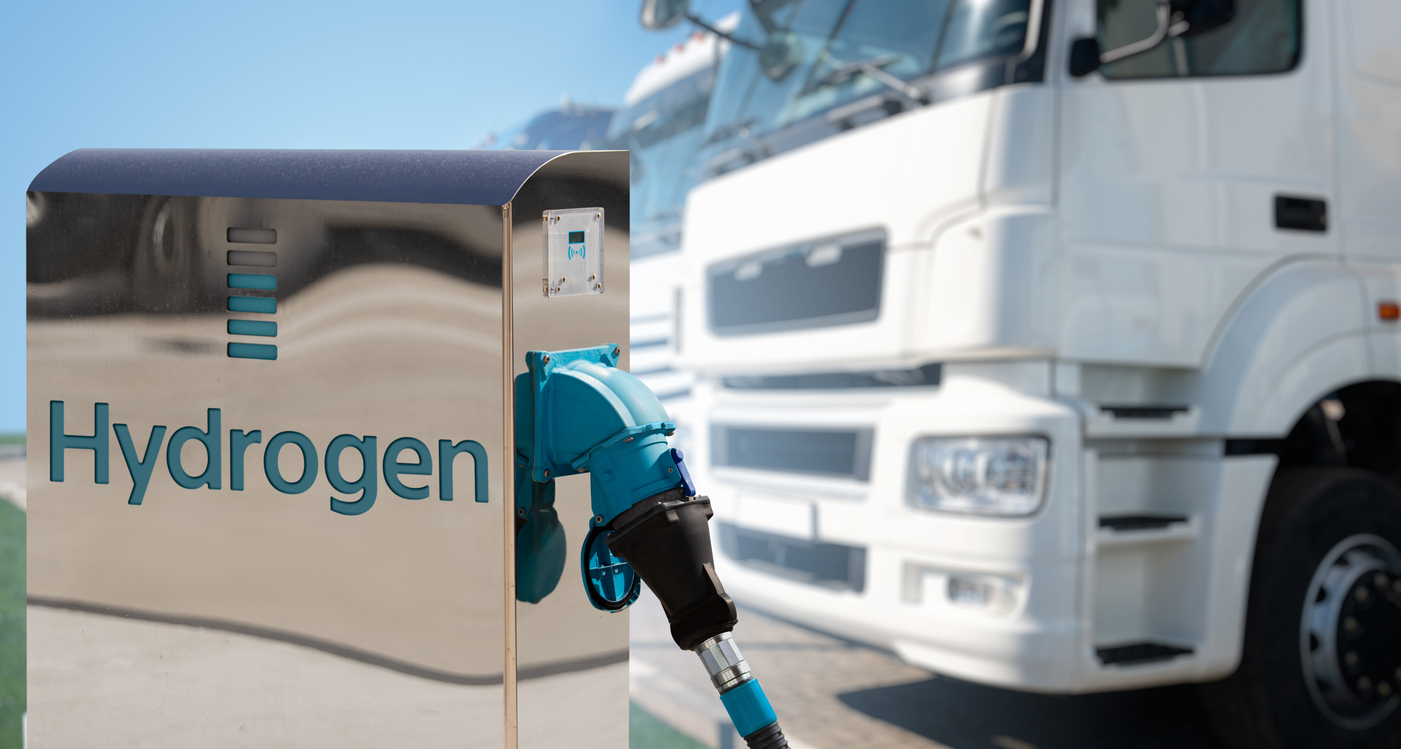A composite overwrapped pressure vessel, or COPV, is used to store various types of gasses, water, or chemicals. One of the most common types of gas stored in COPVs is hydrogen. Hydrogen gas is stored under pressure in order to increase storage density. This proves particularly useful in hydrogen powered cars — allowing the tanks to take up less space while holding the optimal amount of hydrogen gas.
There are various types of COPVs that are used for different applications, but most often they consist of an aluminum or steel inner layer and a composite wrapped outer layer. There are also options with a plastic lined layer. The composite overwrap is necessary for these vessels as the industries they serve become more demanding. The composite overwrap increases the burst strength. Let’s explore the types of COPVs and what composite tapes are best for them.
What Are the Types of Composite Overwrapped Pressure Vessels?
Type 1
This type of COPV is made from either steel or aluminum. It is heavy and the least expensive type of composite overwrapped pressure vessel. Type 1 vessels are generally used in static applications, ground storage, small passenger cars, and industrial use.
Type 2
Type 2 COPVs are mainly steel or aluminum but are designed to be lighter than Type 1. Due to its lighter weight nature, it is more expensive. These vessels are good for static applications, ground storage, and high-volume industrial use.
Type 3
These vessels are aluminum with a composite wrap. They are lighter than Type 2 and can withstand higher pressures. Type 3 vessels are ideal for use in the industrial, transportation, aerospace, and military industries.
Type 4
This type of vessel is made of a polymer, usually HDPE, with a composite wrap. It is the lightest option on the market, but much less robust than Type 3. It is used infrequently, such as in portable field testing and some military applications.
Type 5
These vessels are made with composite liners. They have more usable volume and are lightweight. Type 5 vessels aren’t used very often, typically only in highly advanced military and aerospace applications.
Hybrid COPVs:
Hybrid Composite Overwrapped Pressure Vessels combine the structural benefits of a metallic liner (like those in Type 3 vessels) with extensive composite wrapping (similar to Type 4 and Type 5 vessels). This hybrid construction results in a balance of durability and weight efficiency, making them ideal for high-performance applications where both durability and weight savings are crucial. Hybrid COPVs stand out by offering the reliability of a metal liner with the weight advantages of composite materials.
The Best Composite Tape for COPVs
While different projects require different solutions, many COPV applications thrive when a heat shrink tape with a higher shrink percentage and force is used. These characteristics ensure that the composite overwrapped pressure vessel is functioning at its best and can endure higher pressures.
Dunstone’s 220R Shrink Tape is the ideal choice for use in most composite overwrapped pressure vessels. With a shrink percentage of 20% and a maximum shrink force of 8.59 foot-pounds, it can withstand these demanding applications while providing the necessary strength to consolidate the composite layers
How to Use Shrink Tape in Your Composite Overwrapped Pressure Vessels
One of the biggest advantages shrink tape brings is its ability to increase the strength of composites. There are a few things to consider when determining the best way to utilize shrink tape in your composite overwrapped pressure vessels:
- Taping Tension refers to how tightly you wrap your product in Hi-Shrink Tape. Tension varies based on the application of your product, with higher tension increasing the compressive force on the part. The compressive force continues to increase under the application of heat, so it is important to keep that in mind while determining the tension.
- Tape Thickness ranges from 0.001 inch (0.025 mm) to 0.005 inch (0.125 mm) at Dunstone. The thicker the tape, the more compressive force it applies as it shrinks.
- Number of Tape Layers will also determine how much compressive force is applied to the part. The more layers of tape you have, the more compressive force is applied.
- Overwrapping your heat shrink tape involves overlapping the tape during application. This impacts the performance of your product by increasing compressive force.
Do You Need Shrink Tape for Your Composite Overwrapped Pressure Vessel? Contact Dunstone
Our team has decades of experience creating heat shrink tape for a wide range of applications. Our 220R Shrink Tape is a great starting place for COPV applications due to its high shrink percentage and force. Need a custom engineered solution, ask us how.
What’s stopping you? Contact our team today.
